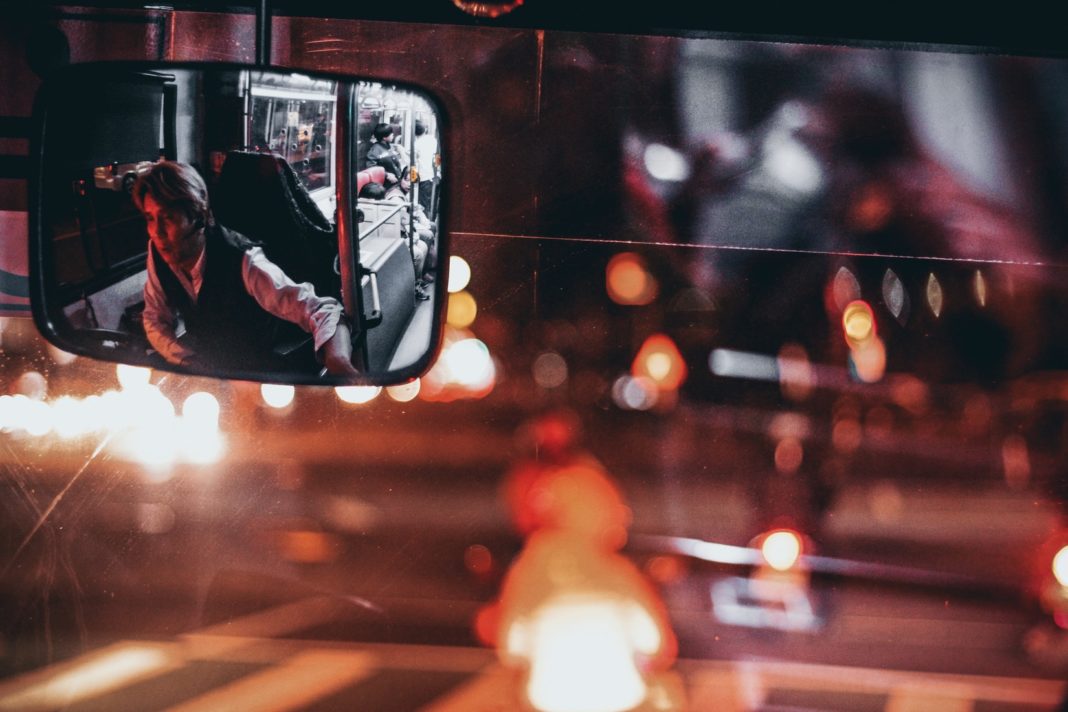A shortage of riders is not the problem facing the Twin Cities’ Metro Transit bus system. It’s a shortage of drivers. And a big part of that, union leaders think, is due to an increasing lack of safety.
There have been 189 assaults or threats against bus drivers through the month of October, 2018, according to Metro Transit, which represents a substantial increase from the 184 that were reported for the entire year of 2017.
Solution: Protective barriers for bus drivers
Union leaders have called for barriers between operators and passengers as a result of this dramatic rise; keeping employees safe as they perform their duties is the priority. And, as driver assaults likely play a factor in keeping potential drivers from applying – at a time when they are needed more than ever – the hope is that this will help make the job more appealing in the long term as well.
More than $1 million has now been dedicated by the Metropolitan Council to help improve the safety of bus drivers on Twin Cities transit routes. The council is planning to spend a total of $1.23 million to install barriers in 600 Metro Transit buses that will block potential aggressors and help prevent drivers from physical violence, as well as spitting, throwing items (drinks are especially popular), and verbal assault.
The funding was approved by the council yesterday, Wednesday (12/12/18).
Read the full report here: Transportation Committee Report
While it has yet to be decided which bus routes will see protective barriers first, the plan is to start with the routes that have seen the most trouble from riders. Metro Transit plans to install the barriers over the next 18 months, at around eight a week.
Whether the “If we build it, they will come” mentality will work for bus drivers looking for work, remains to be seen.
Read this article next: The driverless bus has arrived in Minnesota to test our unforgiving winters

















